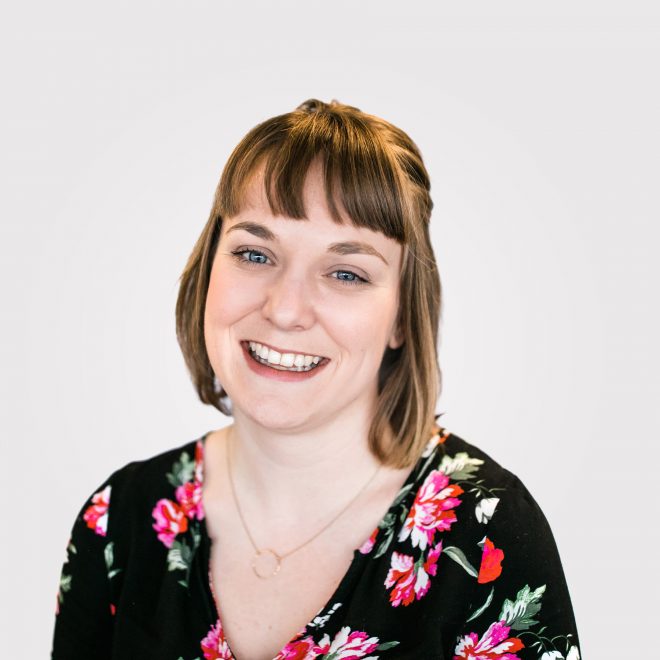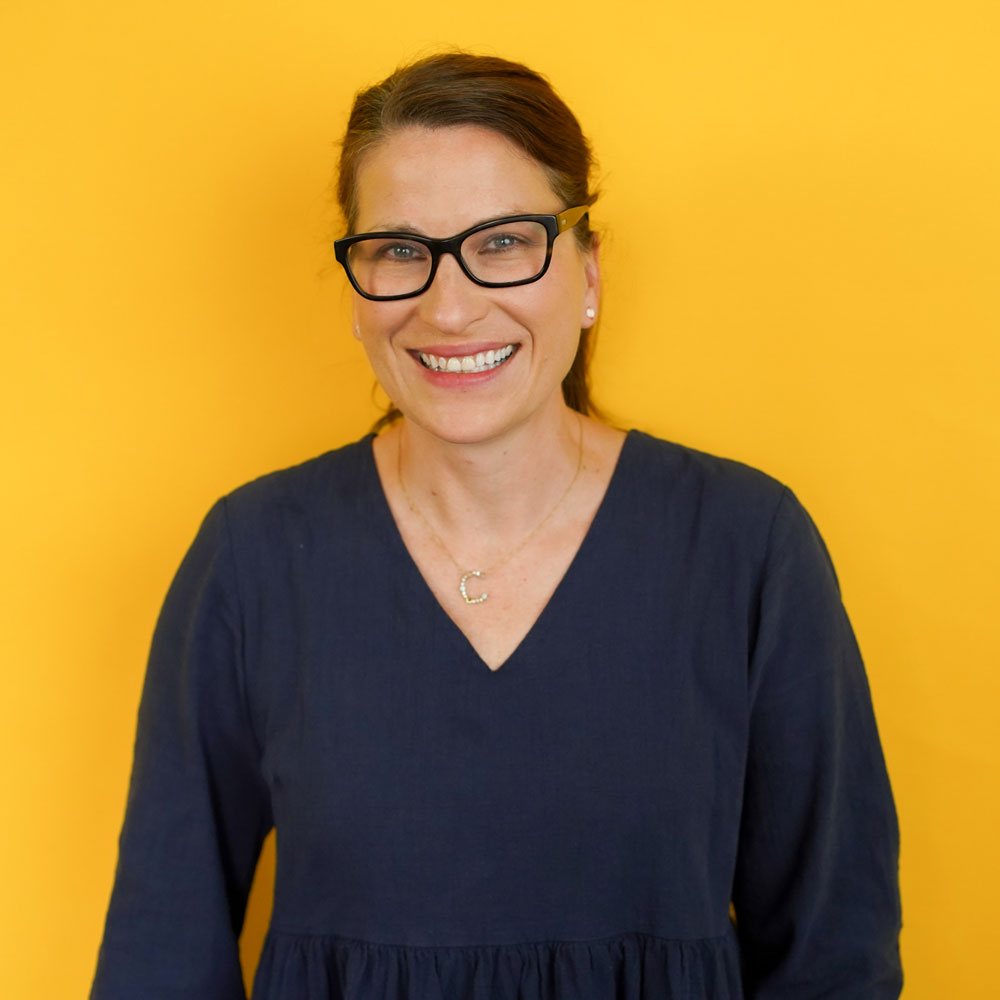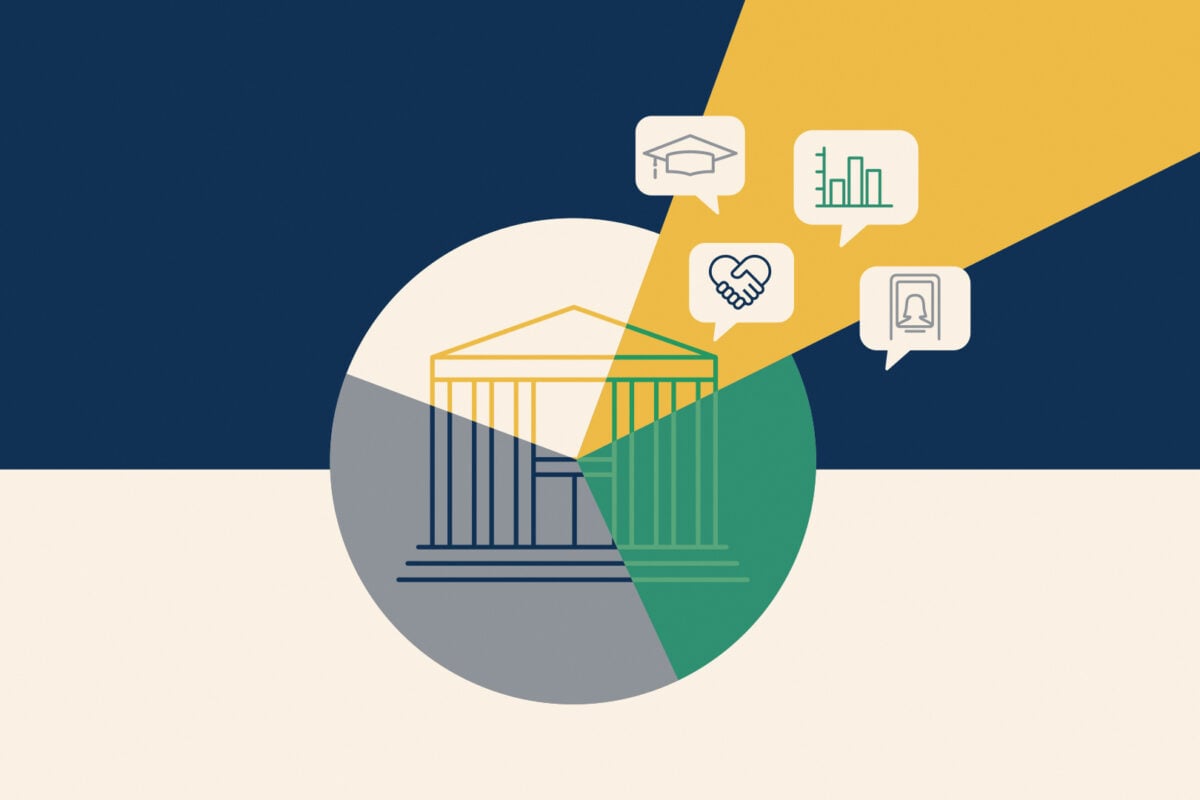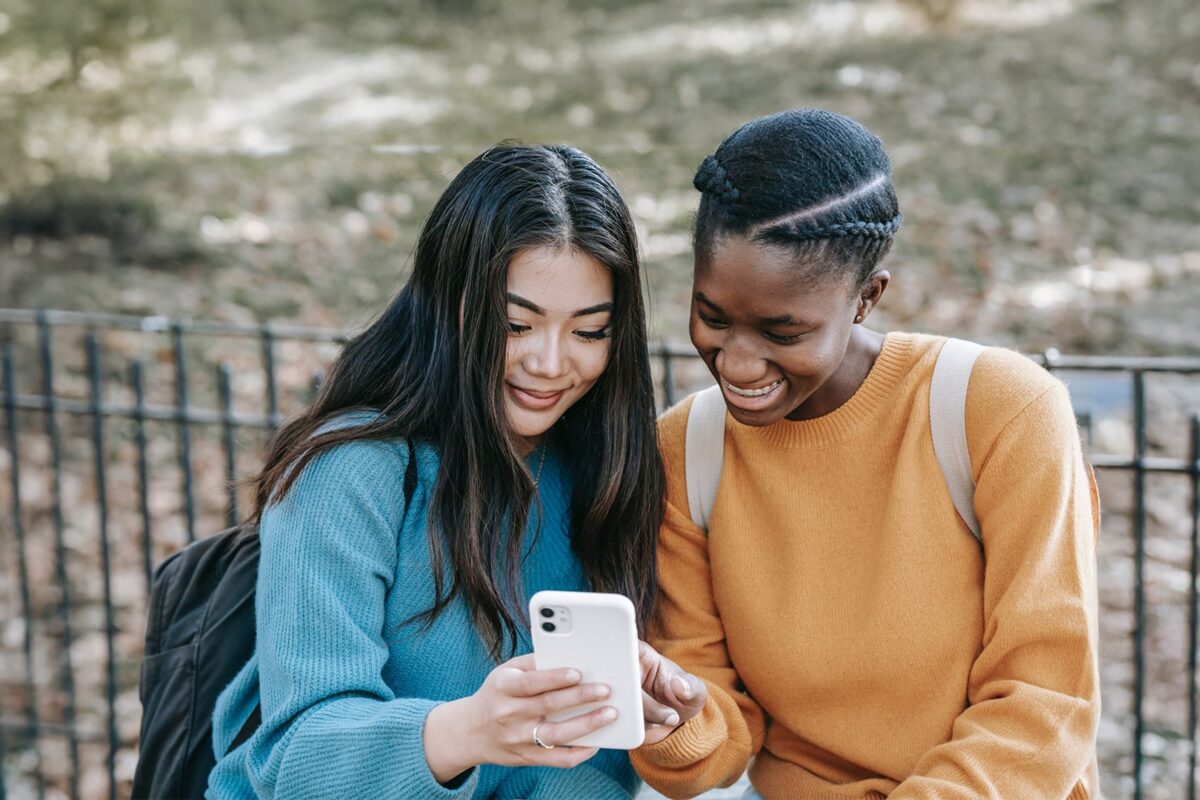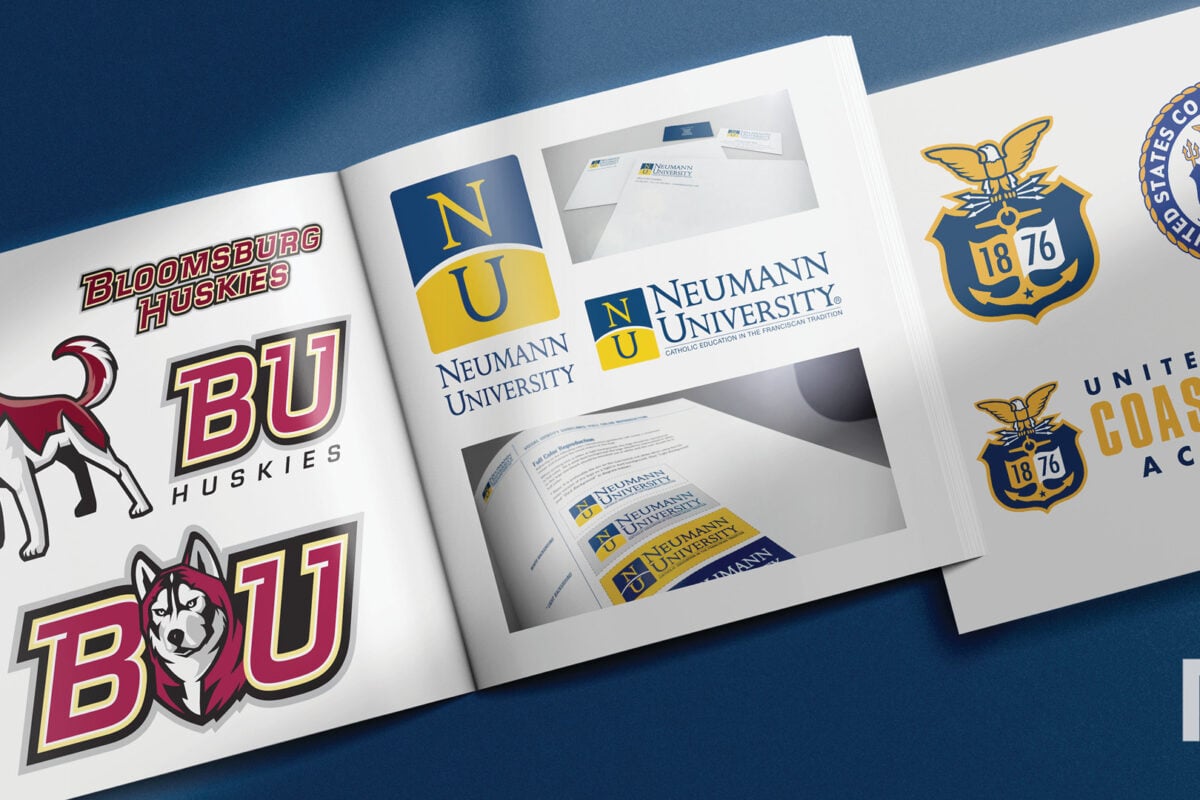During the 2020-21 school year, more than 60% of students met the criteria for one or more mental health conditions, such as major depression and anxiety disorder – an increase of 50% from 2013. Universities like Temple are expanding mental health services as demand increases.
Show Notes
Marketing materials for higher ed institutions should convey not only services for students but set an inclusive and caring tone. Senior Art Director Bri Piccari discusses the role of accessible design in meeting a user’s cognitive needs and journey. Shaun Fitzpatrick shares findings from her role as Senior Digital Content Writer for higher education partners and how to work toward communicating more effectively and compassionately to students.
This episode addresses:
- Why considering a user’s well-being matters
- Conveying physical and mental safety on campus
- What website accessibility signals to prospective students
- How inclusivity is factored into content and design
- User experience strategies to promote well-being

